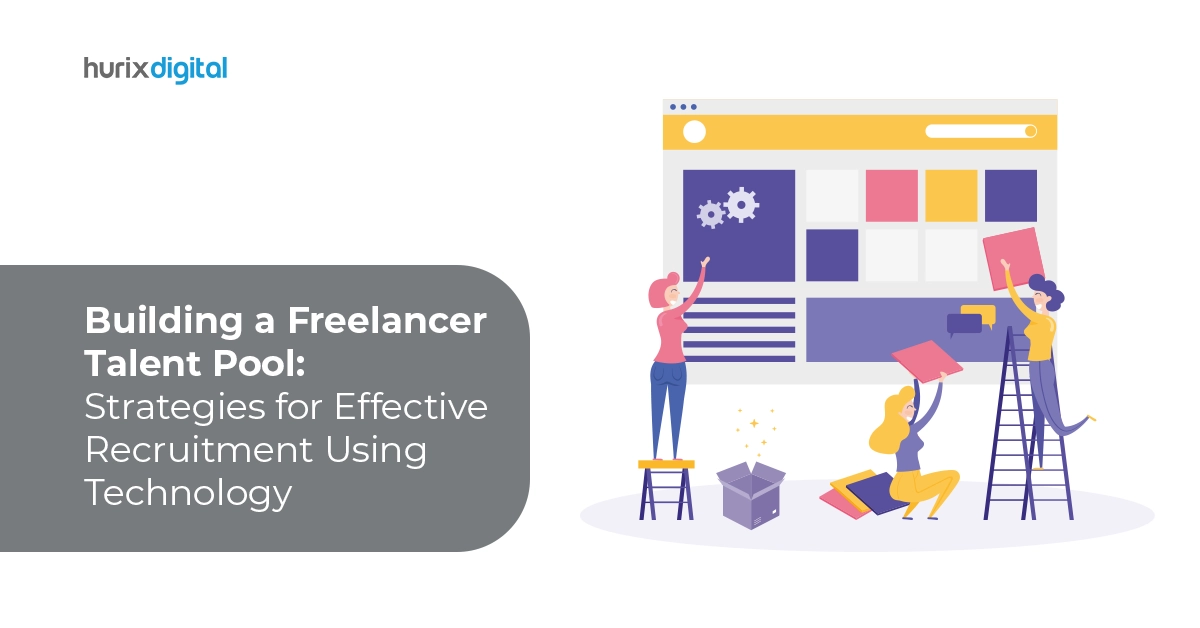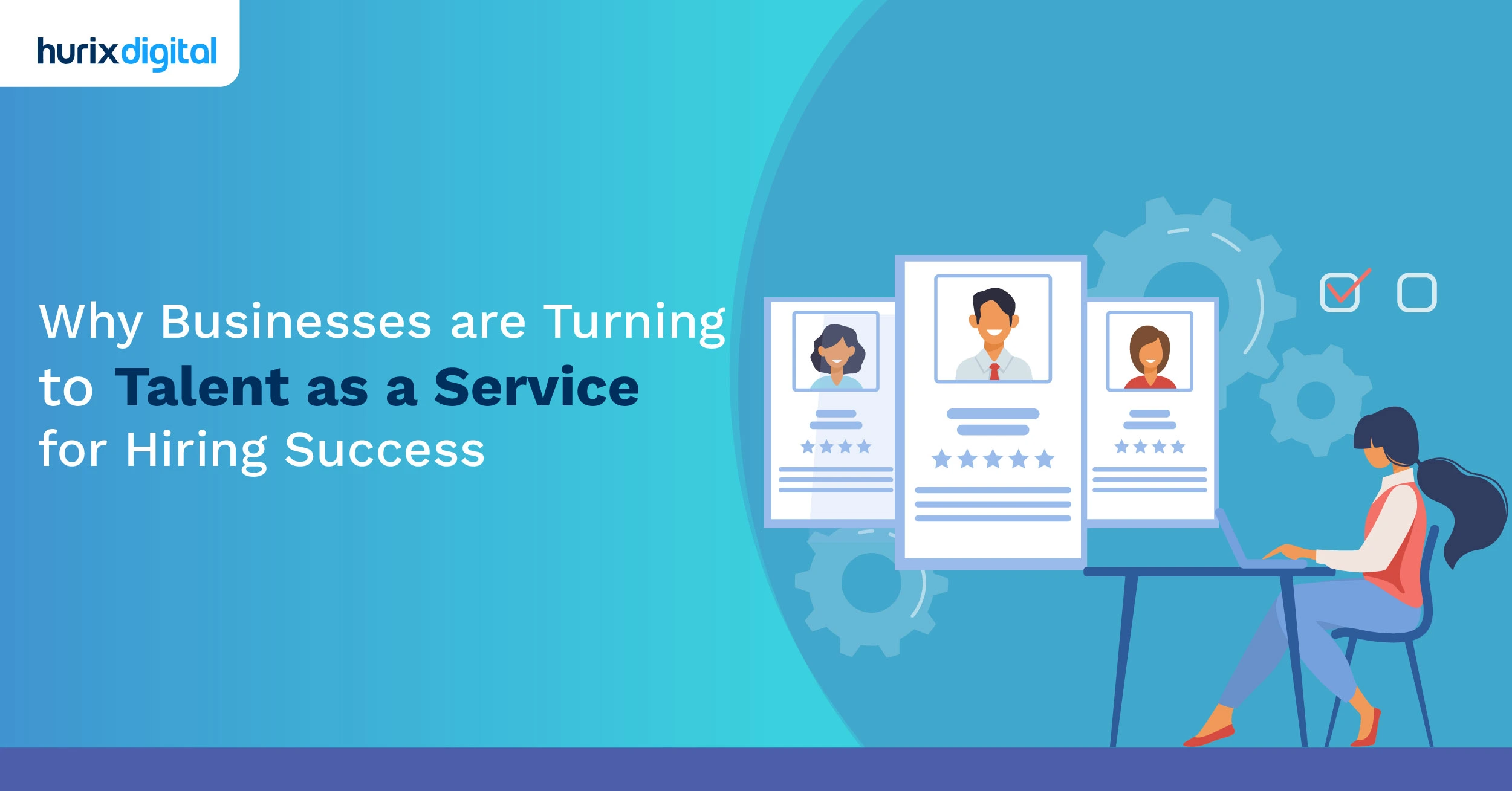
Building a Freelancer Talent Pool: Strategies for Effective Recruitment Using Technology
Summary
Learn how to build a talent pool of freelancers using technology. This article provides strategies for recruiting and managing freelancers effectively in a digital environment.
The freelance market is booming all around the world, with more and more professionals choosing to turn their backs on the conventional nine-to-five grind. As per a recent McKinsey survey, around 58 million Americans (36% of employed respondents) considered themselves to be independent workers in 2022, a sharp rise from 2016 when the USA’s independent workforce contributed to 27% of the employed population.
Another study conducted across the UK, France, Australia, Japan, USA, and Germany indicates that more than 80% of employees want flexibility in location, and 93% want flexibility in schedule. On the other hand, forward-thinking companies are focusing closely on freelancer onboarding since it allows them to access specialists in niche areas, minimize overhead costs, be flexible with the talent pool, and complete projects quickly.
However, in the current day and age, recruitment strategies for freelancers need to be smart and efficient, and technology can play a massive role in this.
Table of Contents:
Top Technology Solutions for Freelancer Onboarding
Digital hiring is becoming increasingly popular as it saves a lot of time, increases operational efficiencies, and reduces costs. Here is how you can leverage technology at different stages of the online recruitment process:
1. Attracting Talent Via Social Media
Social media platforms allow employers like you to reach out to a diverse and vast talent pool and increase the probability of finding the right candidate. You can boost the reach of your job advertisements affordably, engage directly with those interested, address their questions, and even forge personal connections.
Social platforms are also apt for digital talent acquisition since you can showcase the values, vision, mission, culture, and achievements of your company to attract the most suitable candidates. You can even target a certain kind of candidate based on academic or professional background, skills, or experience. By leveraging social media, you can enable current employees to share opportunities with their networks, too.
Platforms that come with analytics capabilities give you an idea about the effectiveness of your hiring strategies so you can make adjustments in the future and hire better freelancers.
Also Read: Inclusive Learning to Address the Diverse Needs in Workforce Development
2. Encouraging Applications Via Digital Job Boards
Remote hiring of freelancers works best when you employ a candidate-centric approach. For instance, digital job boards are interactive and help freelancers find suitable opportunities easily through artificial intelligence (AI)-backed personalized recommendations, swipe-based browsing, and chatbot conversations.
In stark contrast to conventional resumes, these boards allow candidates to customize their profiles and showcase their credentials, skills, and experience creatively. They might also be able to take skill-based tests and introduce themselves through videos. Through digital job boards, freelance job seekers might also be able to explore openings in multiple geographies.
3. Interviewing Candidates Virtually
Video interviewing is an integral part of freelancer onboarding as it allows you to overcome geographical boundaries and time zones while involving multiple stakeholders in the assessment process.
You can save a significant amount of time and resources otherwise spent on traveling while ensuring that the candidate can answer your questions from a relaxed environment like their home. You can be flexible with the schedule, too, and record the interview for future evaluation. This can ease remote collaboration and better decision-making among hiring teams.
Through video interviews, you can also assess a freelancer’s body language, overall manner, and disposition, which will help you decide if they are the right fit for a specific role. The recruitment process will be eco-friendly too as there is no travel involved.
4. Tracking Applicants with Software
Recruitment automation is crucial to save time and resources and minimize human errors wherever possible. Applicant tracking systems can help with that by managing all applications from the moment openings are posted to the moment when candidates are chosen for interviews.
These freelancer management software solutions often use advanced technologies like AI and machine learning (ML) to assess resumes based on various parameters and rank candidates so you can shortlist the most eligible ones quickly. Such tools store and manage candidate information in a centralized manner, making it easy for hiring teams to access and analyze the same.
With tracking software, you can automate feedback, emails, and updates after each round of assessment so that job seekers are always aware of their application status. ML can also spot hidden patterns in the data provided by freelancers and suggest who might be the best fit.
5. Assessing Candidate Capabilities with Software
Cutting-edge software solutions can help you look beyond traditional resumes and assess a candidate’s problem-solving skills, practical abilities, and potential to handle real-world situations through specially designed immersive tests and interactive exercises. Some examples include psychometric, coding, language, and situational judgment tests.
You can also use the software to analyze their performance data, understand the candidate holistically, and make informed hiring decisions. Using candidate assessment software is one of the best recruitment strategies when it comes to deciding whether a freelancer is the right fit for your company’s culture, brand, and project.
6. Capturing Candidate Feedback with Smart Platforms
Noting a candidate’s experience at every stage of recruitment is important for efficient freelancer management. Through candidate experience platforms, you can capture relevant data on pain points, perceptions, and expectations by employing chatbots and surveys.
Based on the feedback shared, hiring teams can enhance their processes, make the candidate journey more positive and seamless, boost communication, and nurture better relationships.
Candidate experience platforms inculcate trust, transparency, and credibility between companies and freelancers, thereby improving your brand reputation and ensuring better recruitment outcomes in the future. You can evaluate the entire remote hiring process based on the quantifiable metrics provided by such platforms.
Spotting negative feedback and concerns early on can help you resolve the same and prevent candidates from losing interest.
7. Using Data Analytics to Hire Efficiently
Online recruitment of freelancers is incomplete without data analytics tools, as they offer you actionable insights to improve and streamline the overall process and bridge existing gaps. You can monitor crucial metrics like cost per hire, time taken to hire, and diversity and quality of hire, among others. It also becomes easy to identify bottlenecks and tweak strategies continually.
With data analytics, you can forecast future recruitment needs, predict gaps in the freelancer talent pool, and develop proactive plans. Data analytics tools are among the technology solutions that help you follow an unbiased hiring process, comply with diversity initiatives, control the recruitment budget, evaluate the current talent pool, and hire better candidates in the future.
Also Read: How Flexible Staffing Future-Proofs Your Workforce Planning?
Reinvent Freelancer Onboarding with Technology
To conduct digital hiring of freelancers successfully, you need to leverage a combination of social media marketing, digital job boards, video conferencing platforms, software for application tracking and candidate assessment, candidate experience platforms, and data analytics tools.
Or you can keep it simple and stress-free by contacting Hurix Digital and gaining access to highly experienced and skilled remote teams that perfectly meet your project needs. Find out how we augment your in-house workforce or bridge short-term skill gaps, collaborate seamlessly, and deliver right on time.
Want to learn more? Get in touch with us now.

Performance, Results, Growth, and Life-Long Learning define my professional life. I am passionate about making workplace learning planful, purposeful, and impactful. I take pride in partnering with clients and bringing them the best in learning design and creating solutions that address business challenges.








